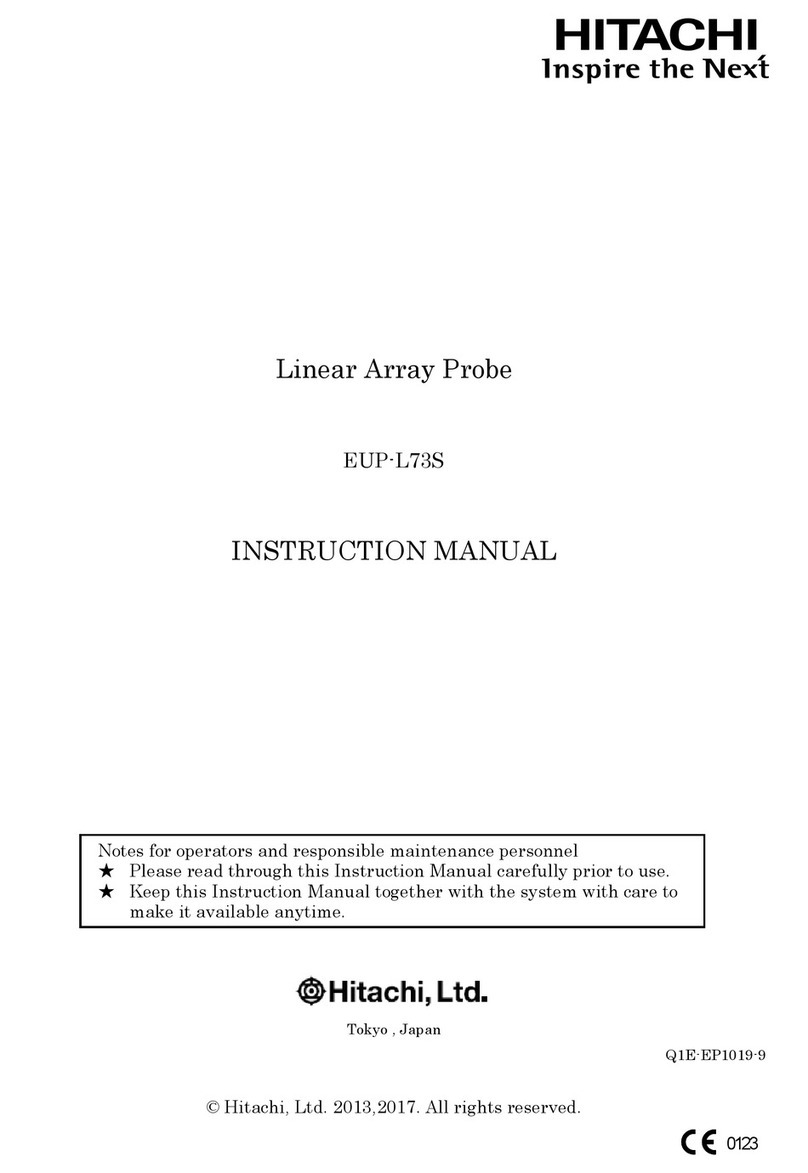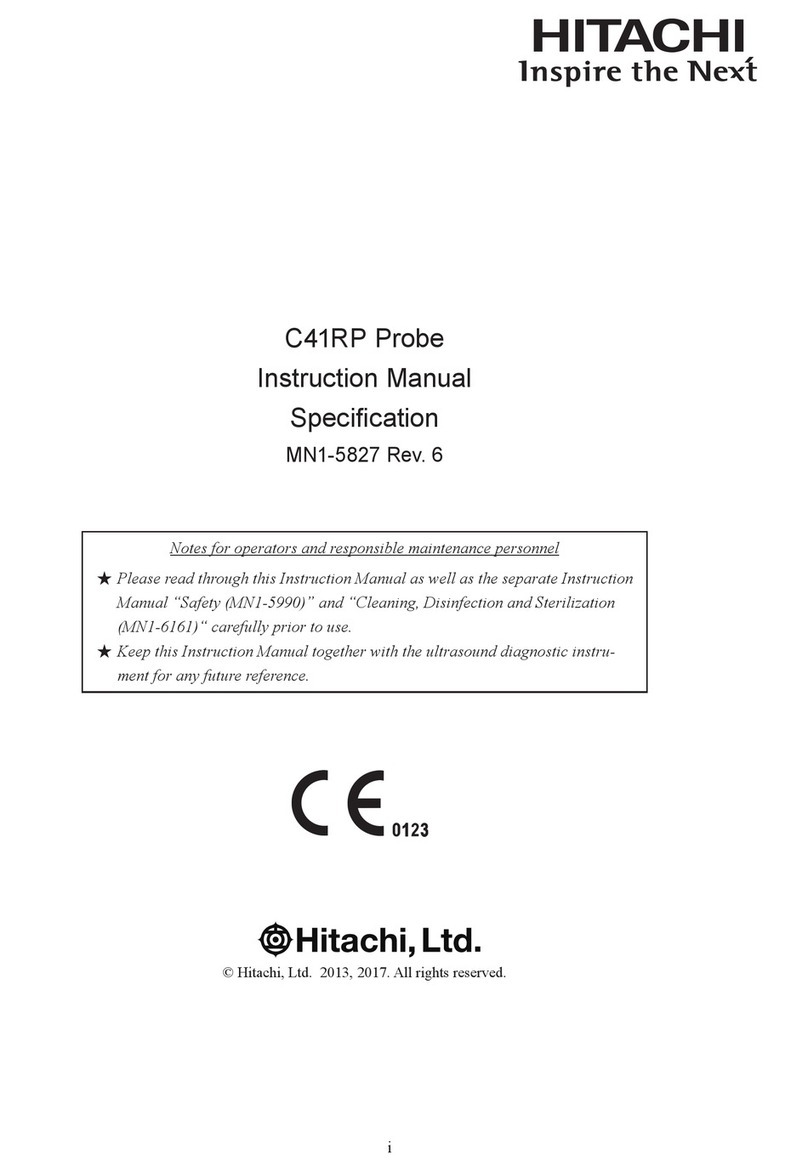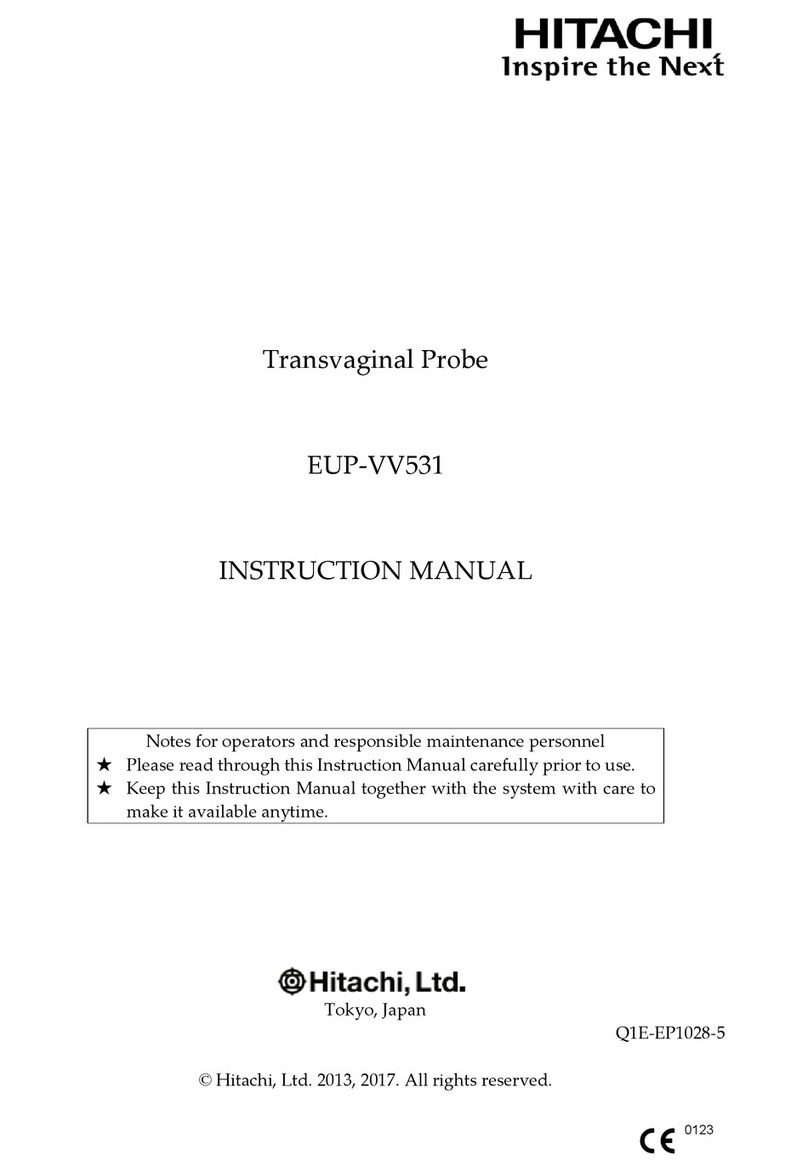Hitachi VC34A Probe User manual
Other Hitachi Medical Equipment manuals
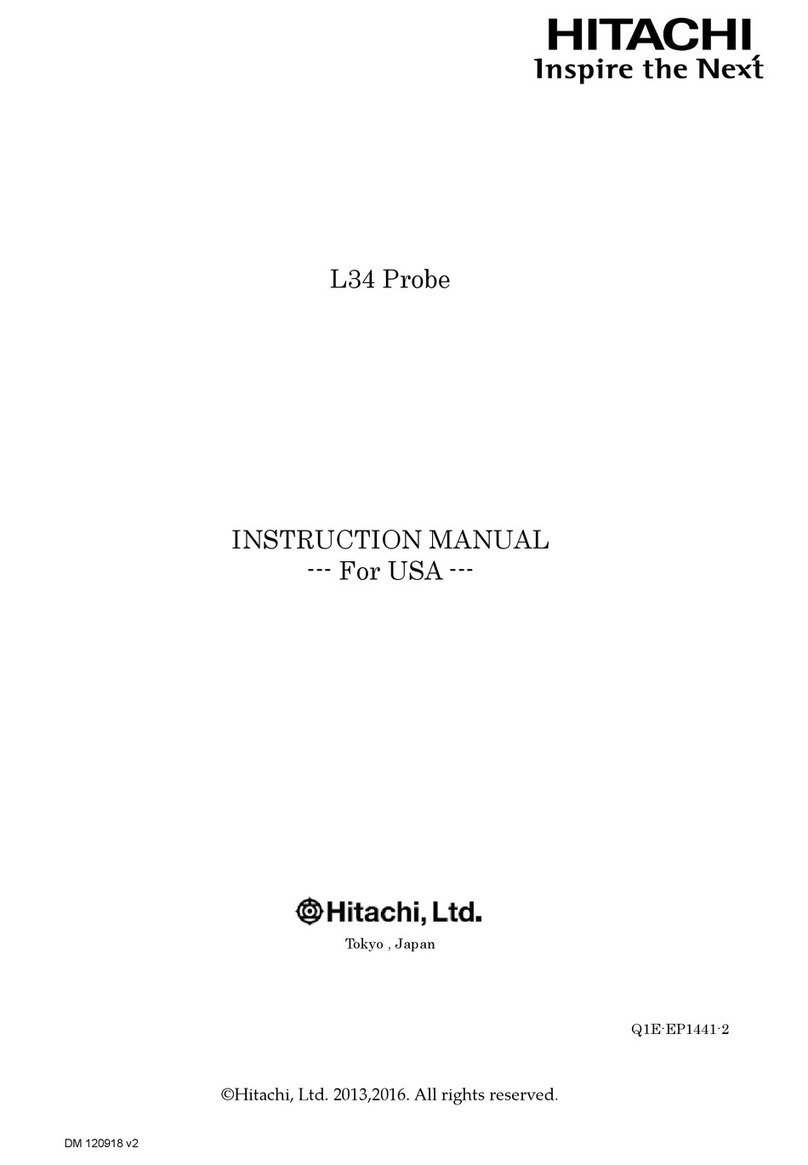
Hitachi
Hitachi L34 User manual
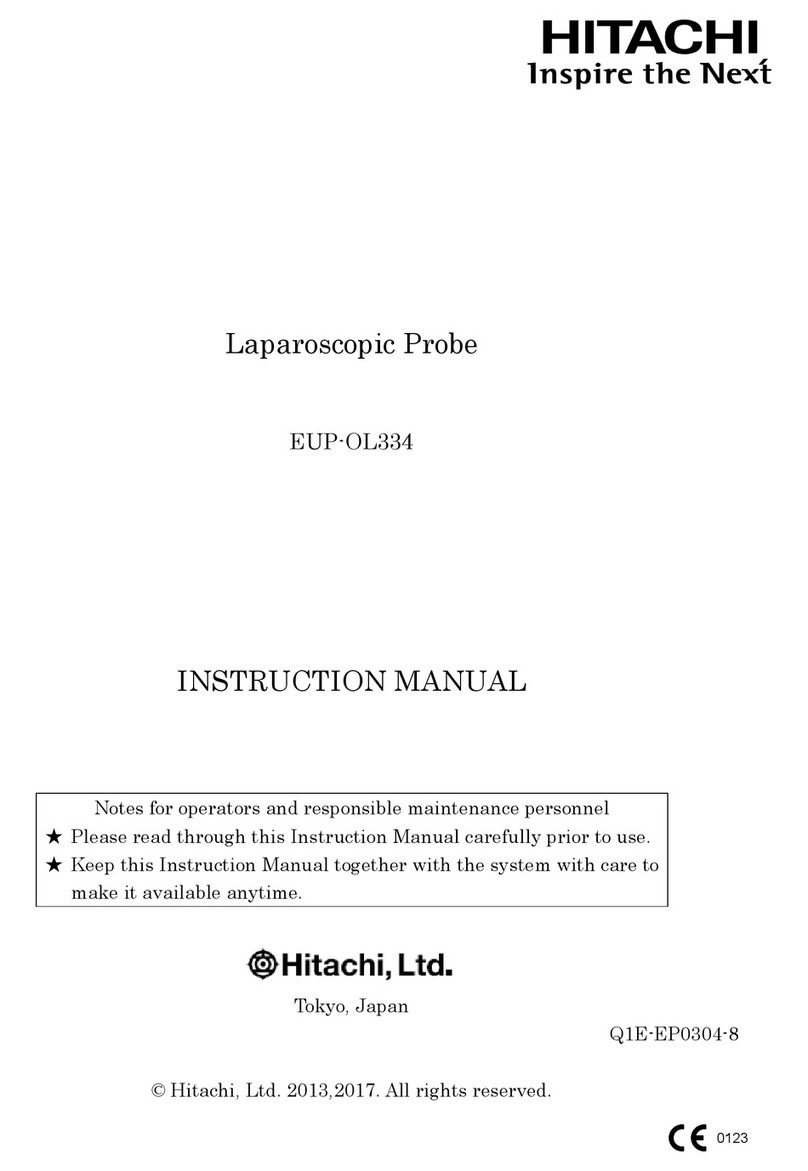
Hitachi
Hitachi EUP-OL334 User manual
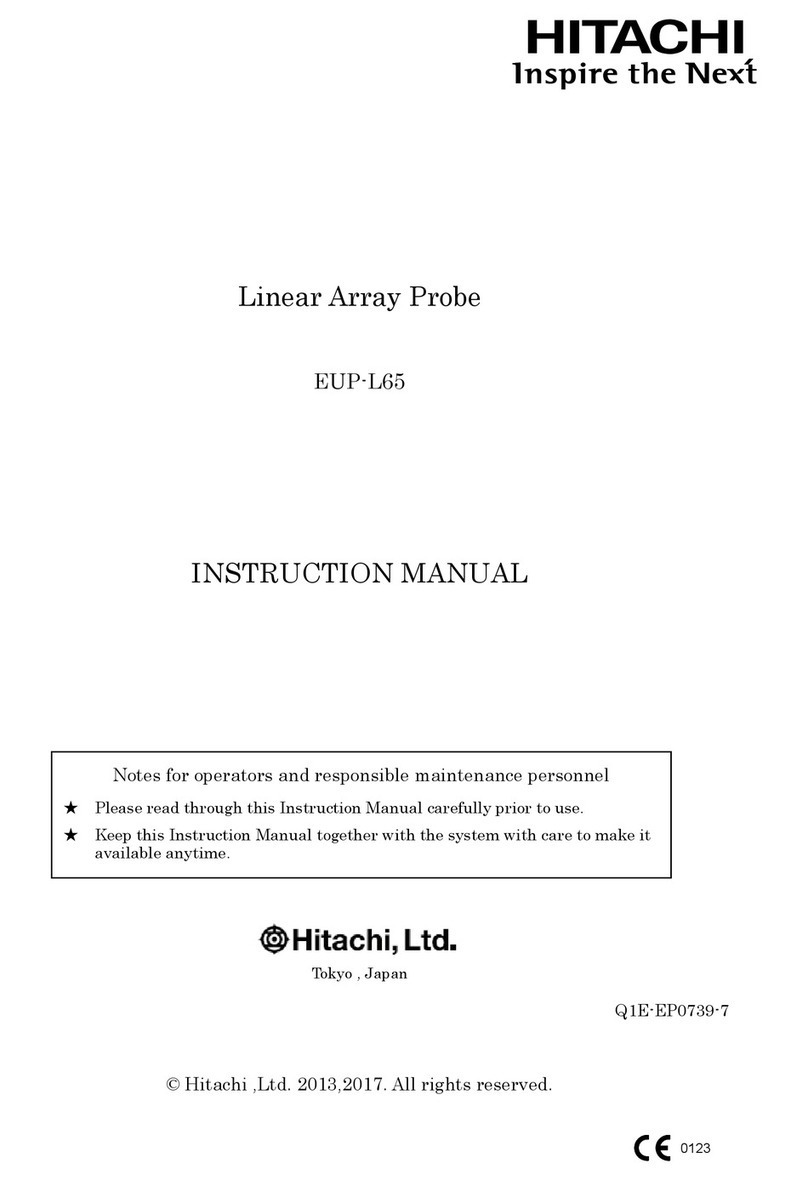
Hitachi
Hitachi EUP-L65 User manual
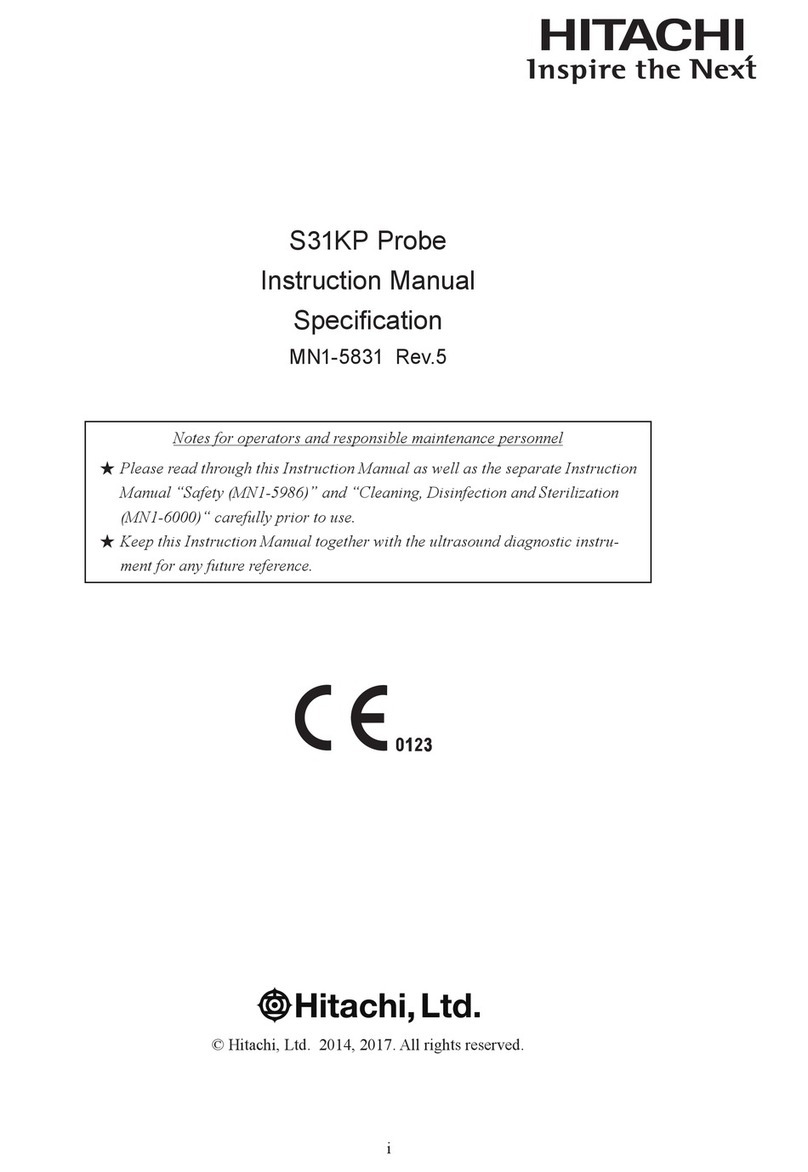
Hitachi
Hitachi S31KP User manual
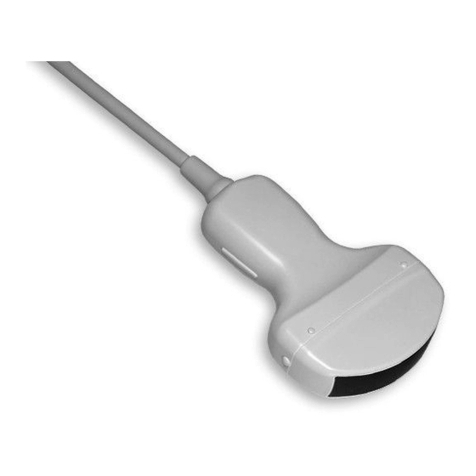
Hitachi
Hitachi C251 User manual
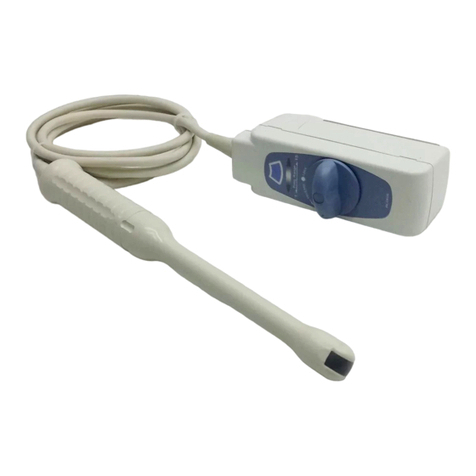
Hitachi
Hitachi UST-9124 User manual
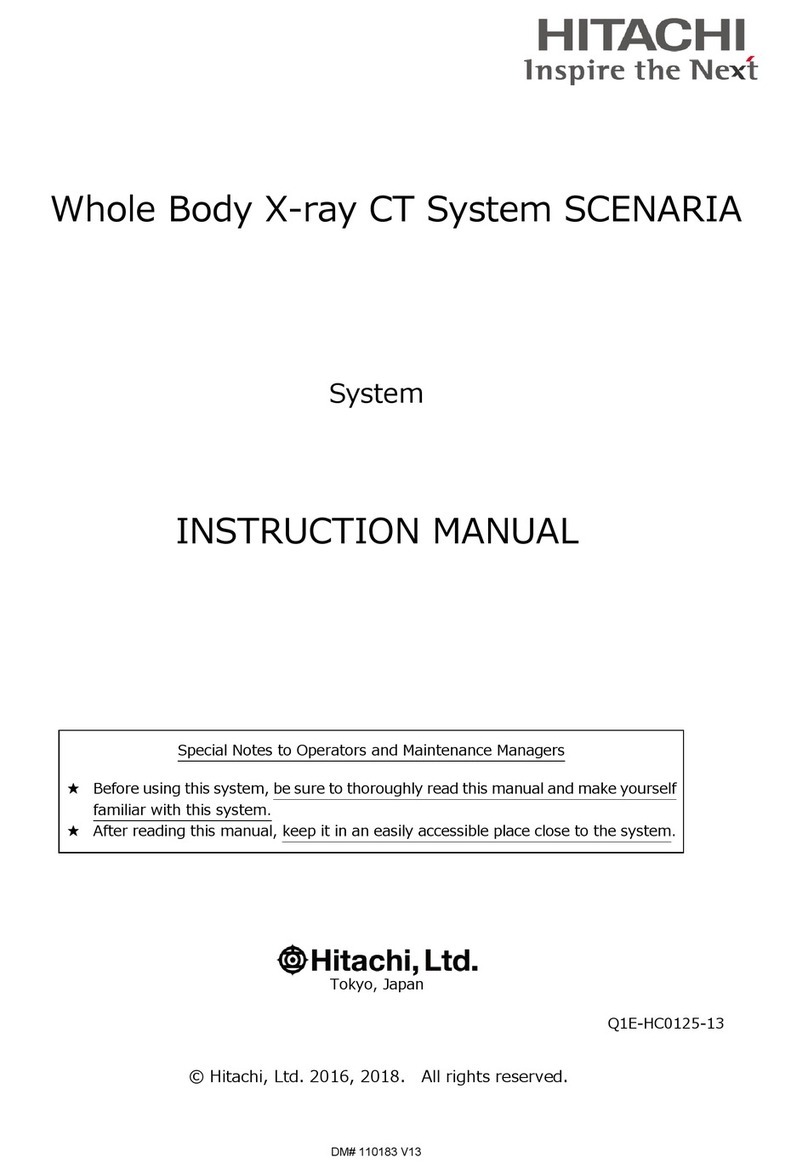
Hitachi
Hitachi SCENARIA User manual
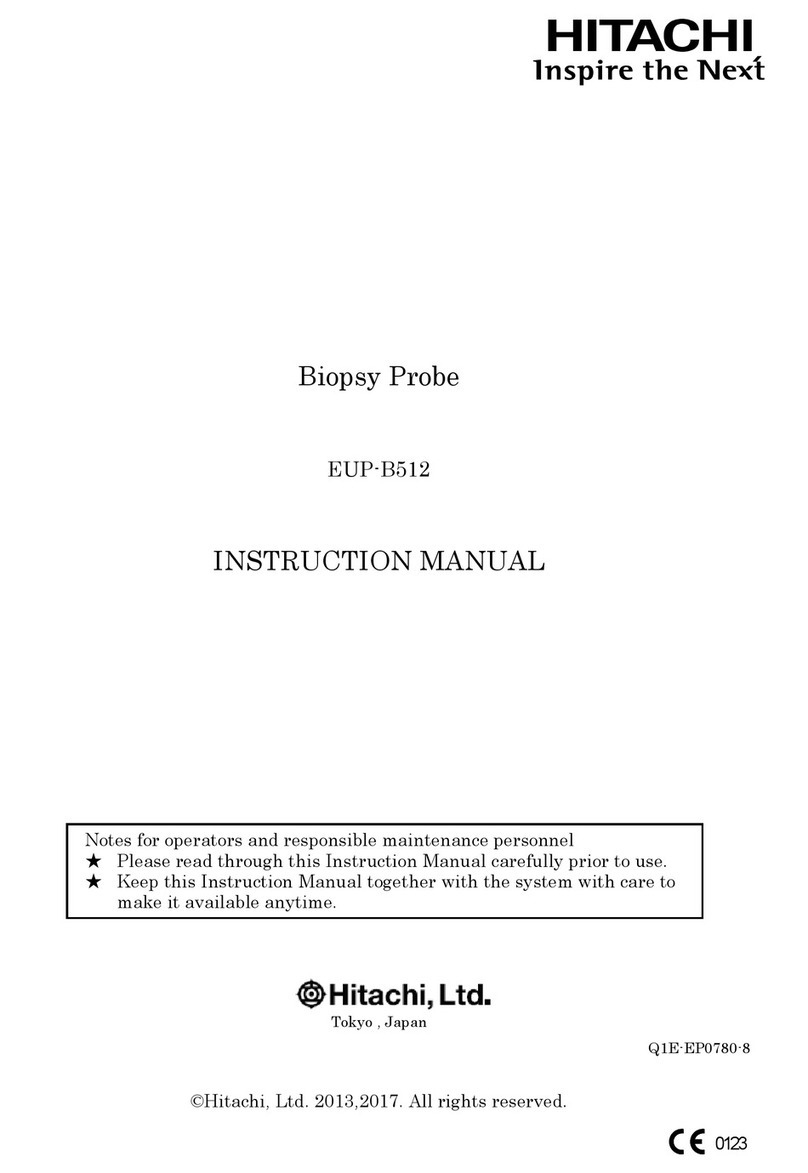
Hitachi
Hitachi EUP-B512 User manual

Hitachi
Hitachi CC41R1 User manual
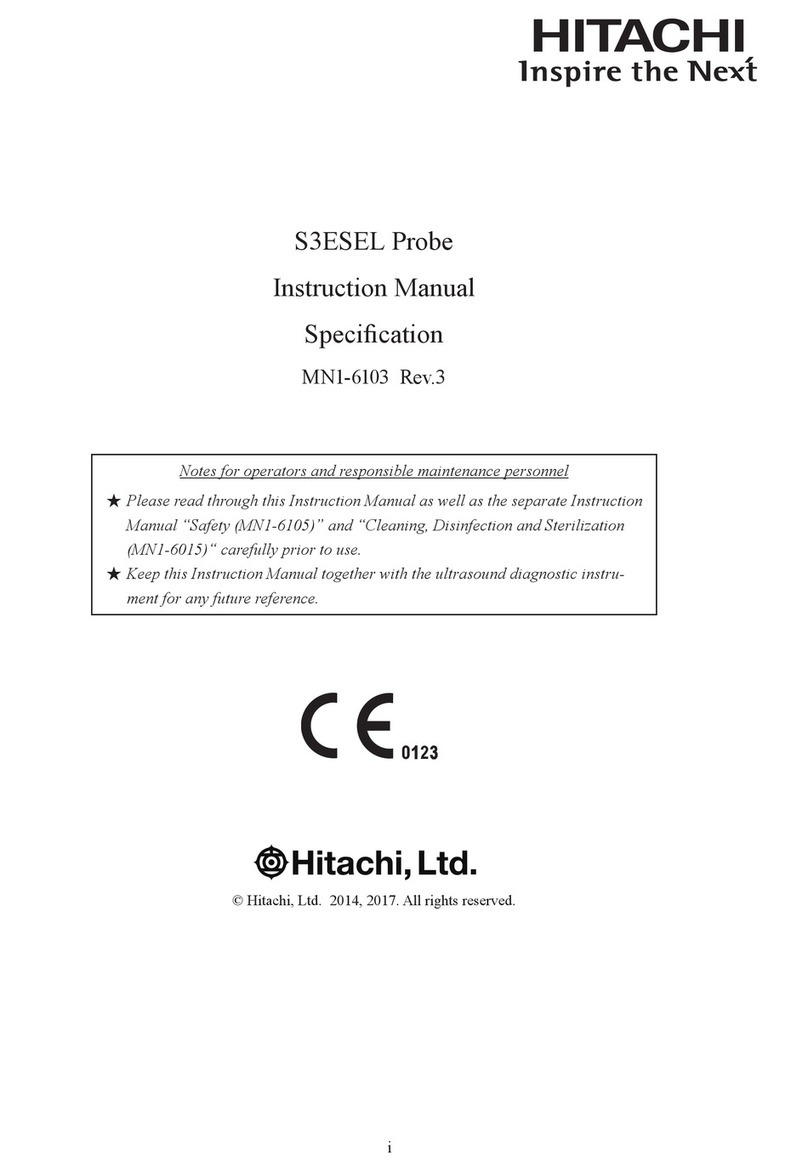
Hitachi
Hitachi S3ESEL User manual
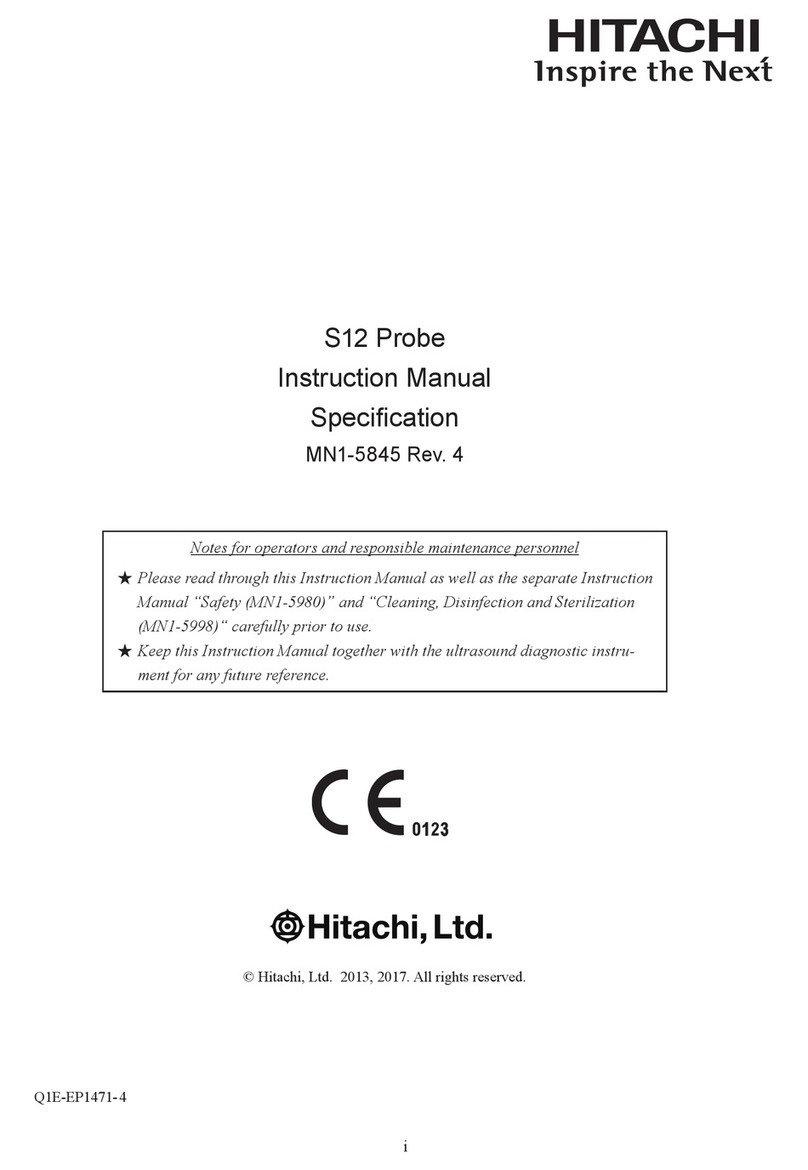
Hitachi
Hitachi S12 User manual
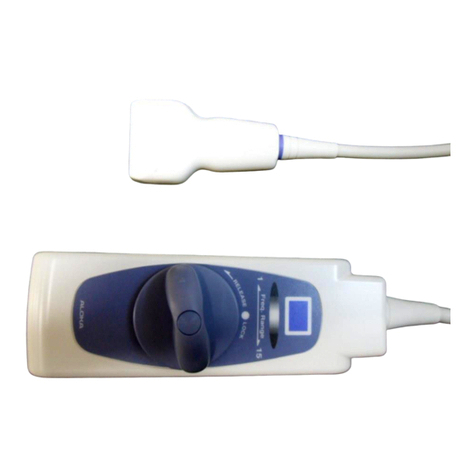
Hitachi
Hitachi UST-5412 User manual
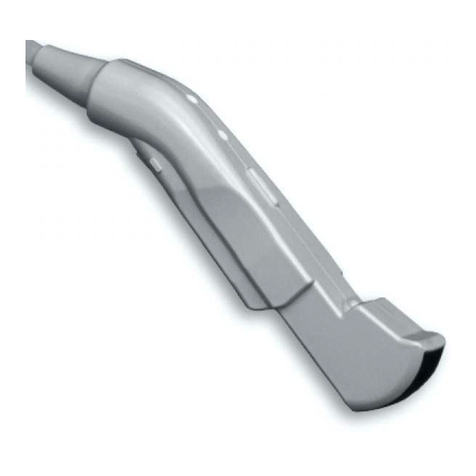
Hitachi
Hitachi C22P User manual
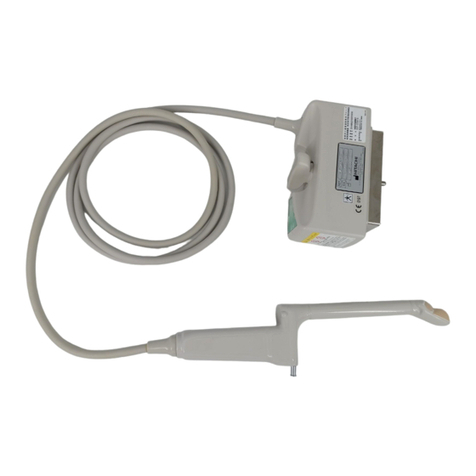
Hitachi
Hitachi EUP-CC531S User manual
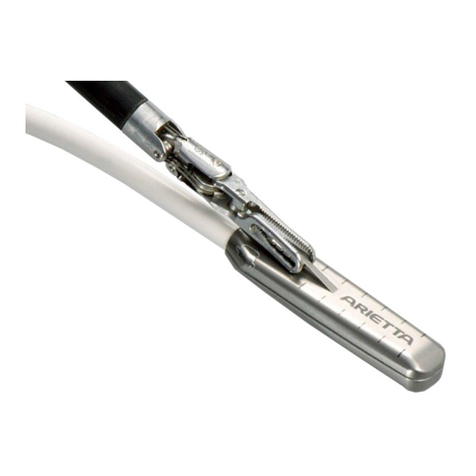
Hitachi
Hitachi L43K User manual
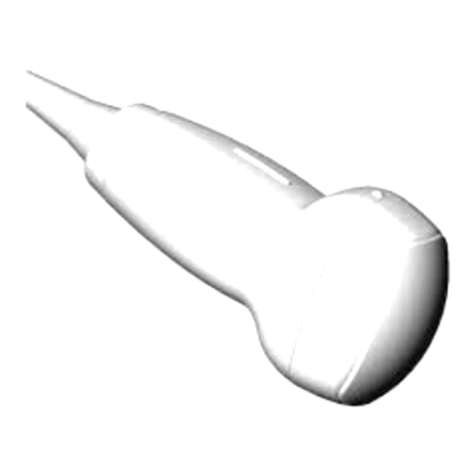
Hitachi
Hitachi VC35 Probe User manual
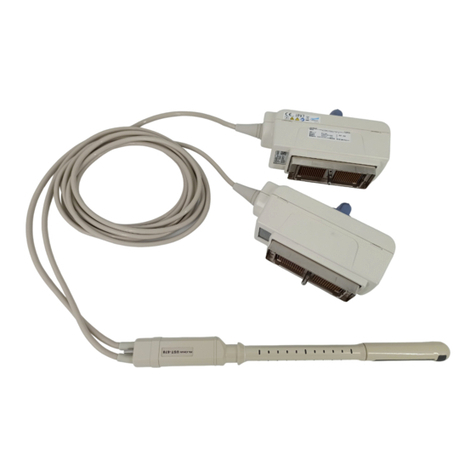
Hitachi
Hitachi UST-678 User manual
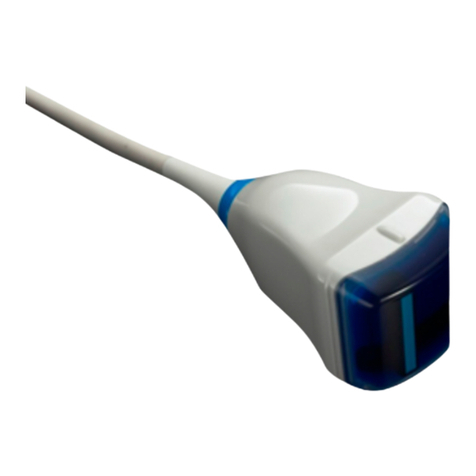
Hitachi
Hitachi EUP-LV74 User manual
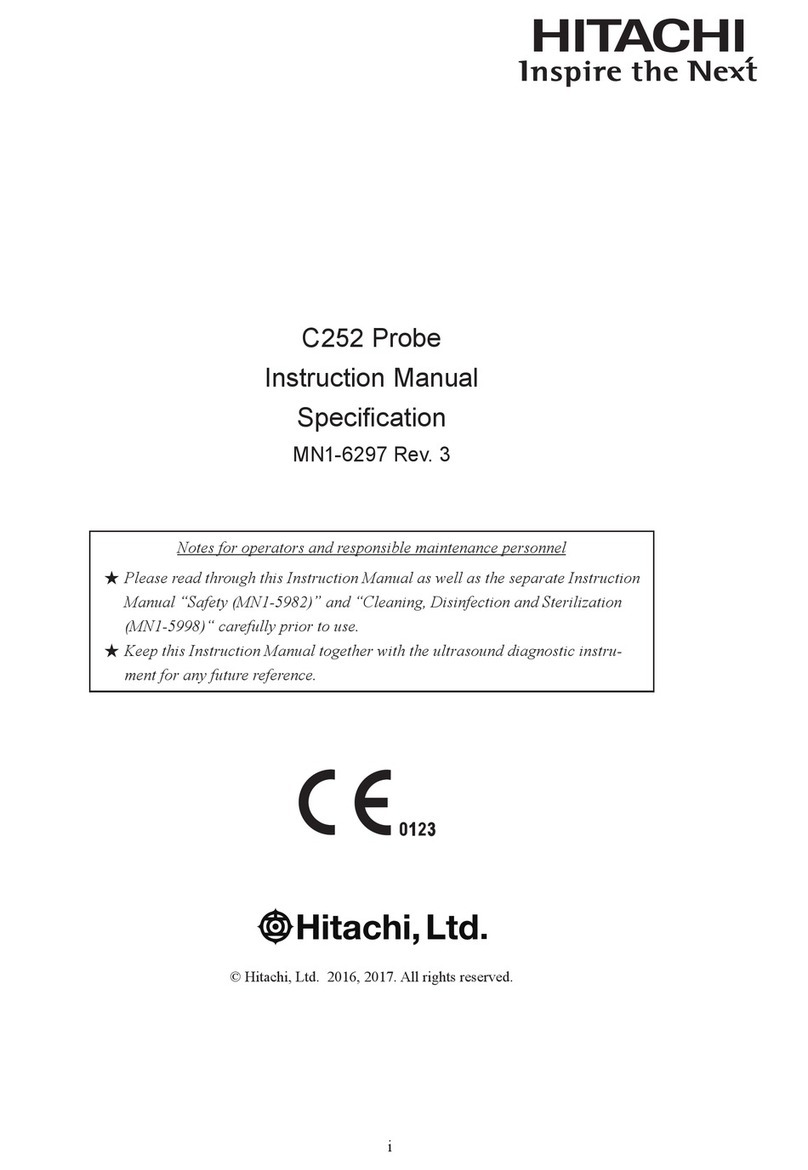
Hitachi
Hitachi C252 User manual

Hitachi
Hitachi C42T User manual
Popular Medical Equipment manuals by other brands

Getinge
Getinge Arjohuntleigh Nimbus 3 Professional Instructions for use

Mettler Electronics
Mettler Electronics Sonicator 730 Maintenance manual

Pressalit Care
Pressalit Care R1100 Mounting instruction

Denas MS
Denas MS DENAS-T operating manual

bort medical
bort medical ActiveColor quick guide

AccuVein
AccuVein AV400 user manual

